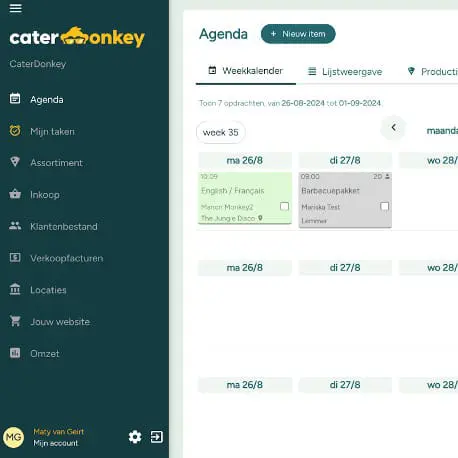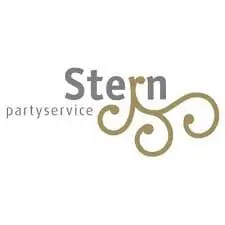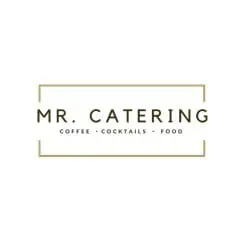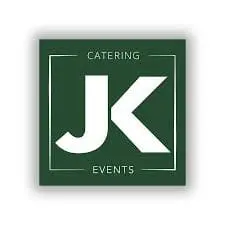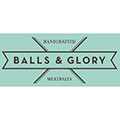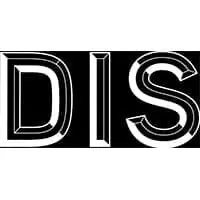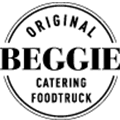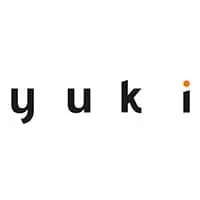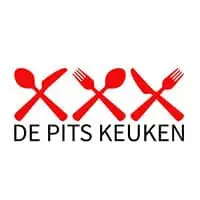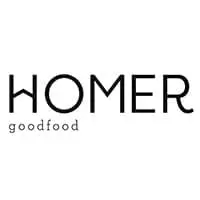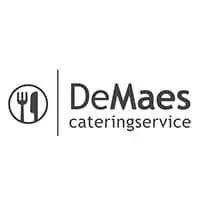Adjusting your catering pricing strategy in 2025 starts with a thorough analysis of your current costs and market position. Increase your prices gradually based on rising raw material prices, personnel costs and operational expenses. Communicate transparently with customers about why adjustments are necessary and choose the right moment, such as contract renewals or seasonal changes.

Why do you need to adjust your catering pricing strategy in 2025?
The catering market is under pressure from various economic factors that cannot be ignored. Inflation has a direct impact on all aspects of your business, from ingredients to packaging materials.
Raw material prices have risen significantly in recent years. Meat, fish, dairy and fresh produce cost more than before. These increases are not temporary, but have become structural due to changing global trade patterns and climate influences.
Nowadays, customers expect more than just good food. They want sustainability, flexibility and perfect service. These higher expectations require investments in quality, staff and systems.
Personnel costs are rising due to a tight labour market and higher minimum wages. At the same time, finding good staff has become more difficult, which means you have to invest more in training and retaining employees.
What factors will influence your catering prices in 2025?
External factors have the greatest impact on your cost price. Energy prices affect both your kitchen costs and transport costs for deliveries.
Important external factors are:
- Inflation on all raw materials and supplies
- Rising fuel prices for transport
- Higher insurance premiums
- Increased rents for commercial premises
Internal factors that you can influence include operational efficiency and quality improvement. By using smart systems for quotations, you can reduce administrative costs.
Investments in digitisation help you work faster and make fewer mistakes. This partially offsets the increased costs and improves your profit margin per assignment.
How do you calculate the right price increase for your catering services?
Start with a complete cost analysis of your current situation. First, calculate your actual costs per dish, including all hidden costs such as energy, depreciation and administration.
Follow these steps for an accurate calculation:
| Stap | Action | Percentage of total costs |
|---|---|---|
| 1 | Calculate raw material costs | 30-40% |
| 2 | Add personnel costs | 25-35% |
| 3 | Calculate overhead costs | 15-25% |
| 4 | Determine desired profit margin | 10-20% |
Compare your prices with competitors in the same market segment. Don’t just look at the price, but also at what is offered in terms of service, quality and flexibility.
Test price increases on new customers first before adjusting existing contracts. This gives you insight into the market response without risking existing relationships.
When is the best time to adjust your catering prices?
The best time for price adjustments is during natural transition moments in your business operations. Contract renewals offer the ideal opportunity to introduce new rates.
Seasonal adjustments work well because customers expect them. Increase prices at the beginning of the new year or at the start of the busy season.
Avoid price changes during:
- Busy periods such as the holidays
- Times of economic uncertainty
- Immediately after negative publicity in the sector
Notify existing customers of changes at least 30 days in advance. This shows respect and gives them time to process the change.
How do you communicate price changes to your catering customers?
Transparent communication is key to maintaining customer relationships when adjusting prices. Explain why the increase is necessary and what customers will get in return.
Use this communication strategy:
Start with a personal approach for your most important customers. Call them or schedule a meeting to explain the changes and answer any questions.
Then send a professional letter or email to all customers. Give specific reasons such as increased raw material prices and improved service. Emphasise the benefits they will continue to receive.
Offer alternatives, such as customised menus within their budget or flexible payment terms. This shows that you are thinking along with them to find solutions.
Ensure consistency in your message across all channels. Train your team to answer questions about prices in the same way.
What are the consequences of not adjusting your catering prices?
Failure to adjust your prices will lead to reduced profit margins and ultimately to business problems. Your costs will increase, but your income will remain the same.
Consequences of excessively low prices:
- Cash flow problems due to insufficient margins
- Loss of quality due to cost savings
- Insufficient resources for investments
- Stress and overwork to keep afloat
Your competitors who do adjust their prices can invest in better ingredients, staff and equipment. This means you fall behind in terms of quality and service.
Customers notice a decline in quality and look for alternatives. Paradoxically, you lose customers faster through poor quality than through fair prices.
Smart strategies for sustainable price optimisation
Sustainable price optimisation requires a systematic approach that goes beyond simply raising prices. Focus on value creation and efficiency.
Implement these strategies:
Invest in systems that help you create quotes faster and more accurately. This saves time and reduces errors, which improves your profitability.
Develop different price levels for different customer segments. Offer basic, standard and premium packages so that every customer can find something suitable.
Regularly monitor your margins per dish and per customer. Adjust your menu offerings based on profitability and customer demand.
Build long-term relationships by providing excellent service. Satisfied customers accept fair prices and remain loyal for longer.
Optimise your sales process by using modern tools and systems. Professional catering software can help you make informed pricing decisions and improve your profitability.
Ready to optimise your pricing strategy?
Do you have ideas or questions about adjusting your catering pricing strategy? Catermonkey is happy to help you figure out how our platform can support your business in making smarter pricing decisions and improving your profitability. Whether you need help with cost analyses, preparing quotes, or implementing a new pricing structure, we are here for you.
Plan your brainstorm with Catermonkey! Book a no-obligation brainstorming session and discover how you can take your catering business to the next level.

